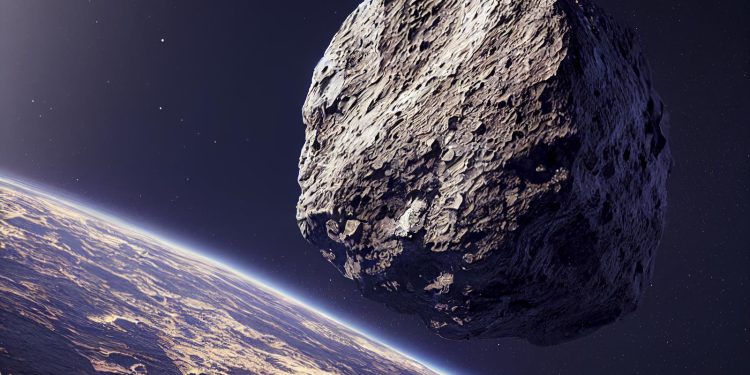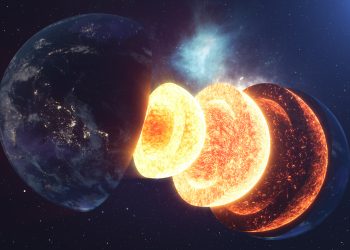On September 29th, Earth captured a small asteroid, now dubbed “2024 PT5,” that’s set to orbit our planet for a short period of time. Though the concept of a second moon might sound extraordinary, this tiny celestial body will be more of a fleeting visitor, orbiting Earth for just 57 days before continuing its journey around the sun. Unfortunately, despite the excitement, you won’t be able to see this new addition with the naked eye.
2024 PT5, nicknamed a “minimoon,” isn’t a permanent fixture in our sky. Measuring roughly 33 feet (10 meters) —about the size of a school bus— it’s far smaller than our regular moon, making it nearly impossible for stargazers or amateur astronomers to spot without professional equipment. Its brief orbit around Earth is the result of a close pass that allowed our planet’s gravity to temporarily capture the asteroid.
Astronomers predict that this minimoon will stick around until November 25th, when it will escape Earth’s gravitational pull and return to its regular orbit around the sun. Unlike our large, bright moon, this new companion is incredibly dim and small, making it invisible even through common telescopes or binoculars.
Professional Eyes Only
Carlos de la Fuente Marcos, a professor at Universidad Complutense de Madrid, explained that 2024 PT5 is simply too faint for most amateur astronomers. Only highly specialized telescopes used in professional observatories can track this object. So, for those hoping to catch a glimpse, they’ll have to wait for researchers to release official images.
In the meantime, if you’re eager for celestial sightings, another treat awaits. Comet C/2023 A3 Tsuchinshan-ATLAS will be visible in the morning sky until October 2nd, offering a bright and fascinating spectacle.
Where Did 2024 PT5 Come From?
Asteroids like 2024 PT5 likely originate from the Arjuna asteroid belt—a region closely aligned with Earth’s orbit. Given the proximity of this region, it’s expected that 2024 PT5 could make another close flyby of Earth in January 2025 and again in 2055. These events, though exciting for astronomers, are fairly common in the vastness of space.
While 2024 PT5 is Earth’s latest minimoon, it’s not the first. Our planet has captured countless small, temporary moons over its long history. The first documented minimoon, 2006 RH120, orbited Earth for 18 months between 2006 and 2007. Another, 2020 CD3, spent three years circling the planet before drifting off in 2020. These miniature moons offer unique opportunities for researchers to study near-Earth objects, and some even suggest they could be stepping stones for future space exploration or asteroid mining missions.











